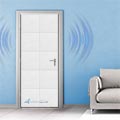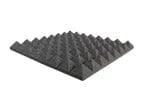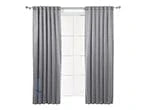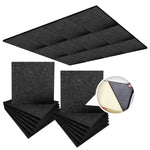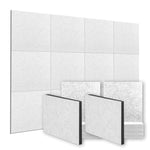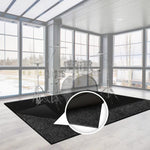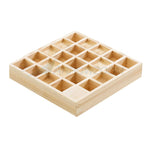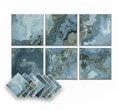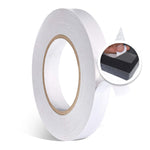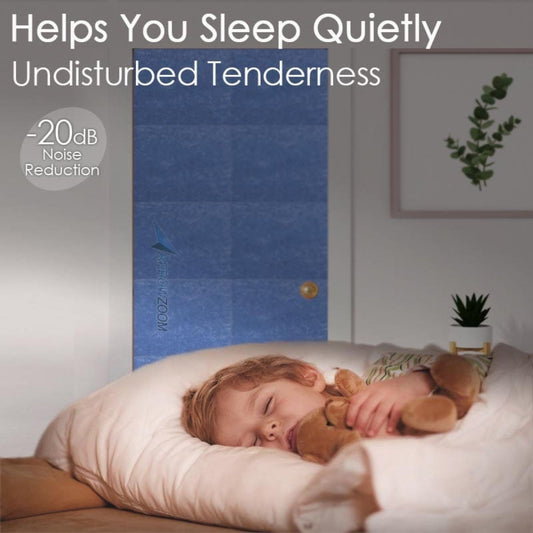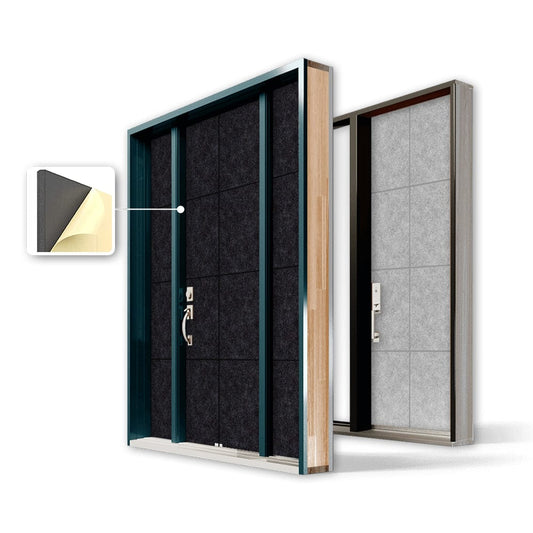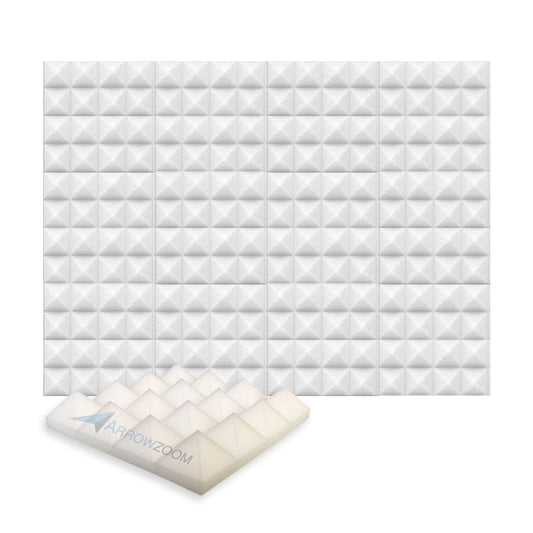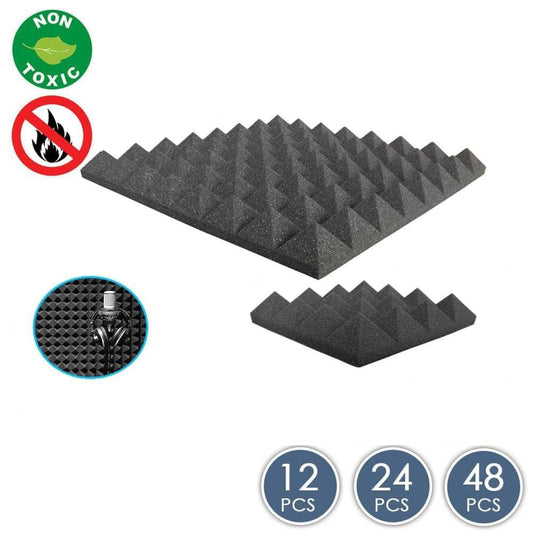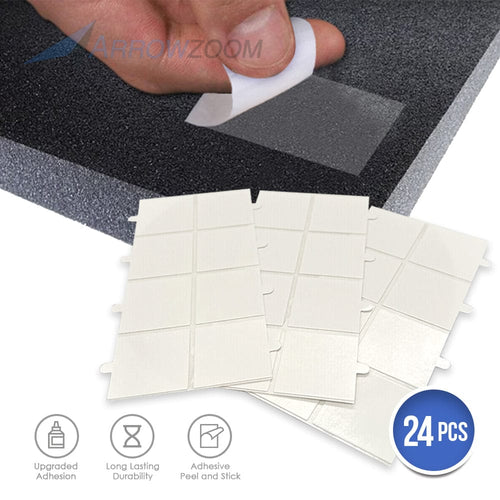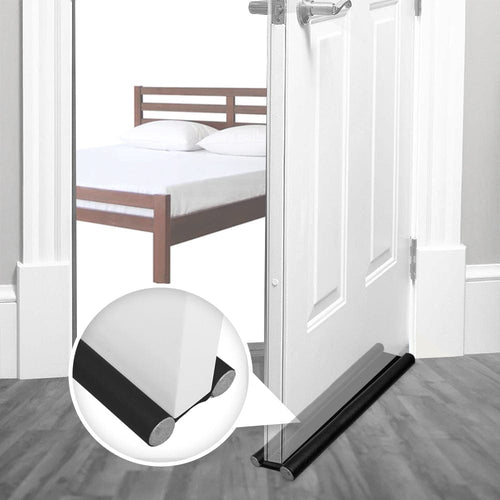
Understanding soundproofing and acoustics are crucial to achieving peace in your house or business. Soundproofing prevents sound from entering or leaving an area, whereas acoustics studies how sound behaves and interacts.
This information covers the difference and similarities between soundproofing and the acoustics with quality ambiance.
Understanding How Sound Moves.
Sound movement is essential to understanding soundproofing and acoustics. Talking, barking, and honking produce sound waves. These vibrations move air molecules around them, creating pressure waves that humans hear as sound.
Pressure waves flow through the air to vibrate our eardrums. This vibration generates electrical impulses that our brains perceive as sound. Knowing how sound flows, let's compare soundproofing and acoustics.
Soundproofing Vs. Acoustics
Soundproofing prevents sound from entering or leaving an area. Thicker walls, doors, spray foam insulation, weatherstripping, acoustic tiles, and double-paned windows can do this.
Acoustics studies sound behavior and interaction. It involves knowing how sounds bounce off surfaces, absorb energy, and cancel out. You may improve a space's acoustics by understanding these concepts.
Soundproofing
Soundproofing can reduce indoor and outdoor noise. The best soundproofing strategy depends on the situation. That's why you need a sound expert like arrow zoom to use the best soundproofing techniques for your home:
Sound-absorbing materials can improve household sound quality and reflect or absorb sound waves to minimize noise. Acoustic tiles, foam panels, and carpets absorb sound.
Window and Wall Treatment
More so, window coverings lessen house noise too. Thick drapes or blinds can reduce interior and outside noise. Soundproofing your walls may lower noise permanently or minimize noise inside and out. The best way to soundproof walls depends on the situation.
Sound-dampening Materials
 Finally, consider sound-dampening materials for your home. These materials reflect or absorb sound waves to minimize noise. Acoustic tiles, foam panels, and carpets can perfectly suppress sound.
Finally, consider sound-dampening materials for your home. These materials reflect or absorb sound waves to minimize noise. Acoustic tiles, foam panels, and carpets can perfectly suppress sound.
Sound-absorbing or sound-dampening materials, window coverings, or any other can minimize household noise and lessen outside noise.
Home soundproofing has several techniques. Soundproof your home using vinyl Sound Blanket and other home and office equipment. For high-frequency noise, a thick foam provides an unbreakable sound barrier to keep your house tranquil.
Measure the soundproofing area before installing any layers. For instance, measure and cut the sound blanket, peel the backing and adhere it to the wall or ceiling. After installing soundproofing layers, your home will be quieter with peace of mind without outside sounds.
Acoustics
 Acoustics influence sound and acoustics studies sound characteristics. Good house acoustics make sounds crisper and more lifelike. Poor acoustics installation and application can confuse sounds.
Acoustics influence sound and acoustics studies sound characteristics. Good house acoustics make sounds crisper and more lifelike. Poor acoustics installation and application can confuse sounds.
Acoustic foam improves house sound, and acoustic foam and panels minimize echo and reverberation with clear and natural audio outcomes. The acoustic foam absorbs background noise, making it excellent for home theaters.
Which Solution Suits you? Soundproofing/Acoustics
The question is, which among the services did your home need; the situation of your home and goal determine it. Soundproofing may be the finest approach to quiet your house or business. Acoustics may increase sound quality in your room. Personal tastes and your needs determine the choice.
Bottom Line
A quiet house or office requires soundproofing and acoustics. Acoustics controls sound inside an area, whereas soundproofing prevents it from entering or leaving. Combining both strategies yields the best results.
The vision for a quiet home begins at arrow zoom. Shop the most suitable soundproofing and acoustics material here.


